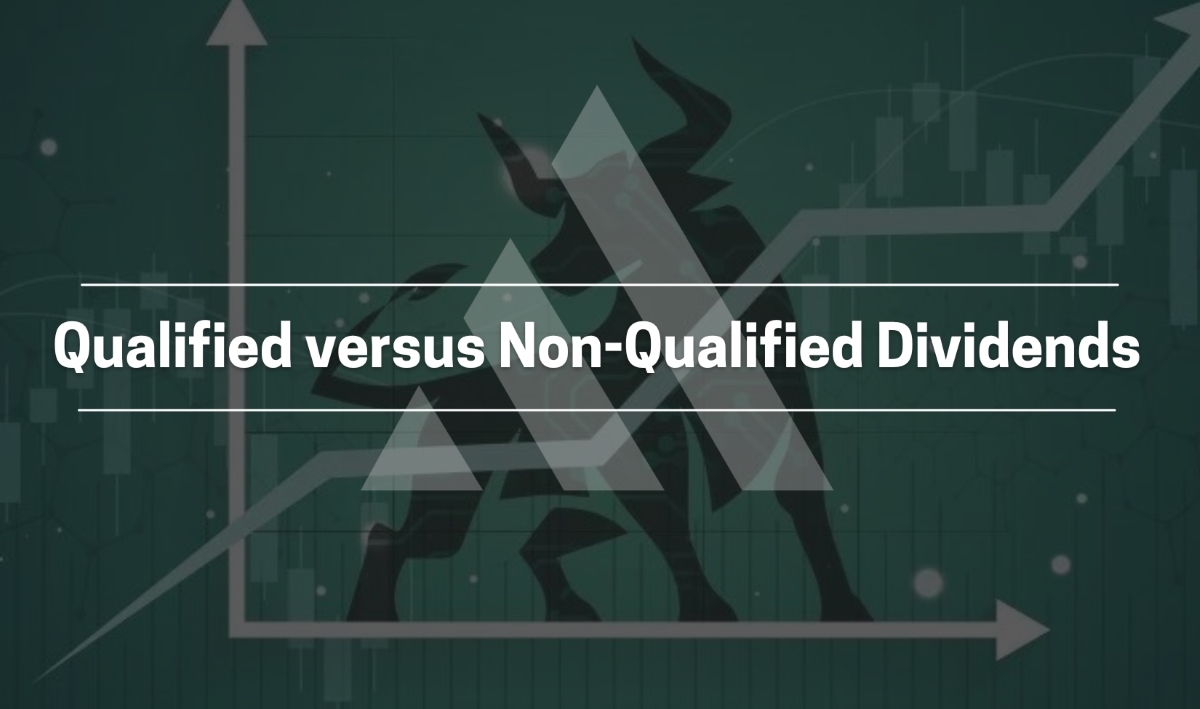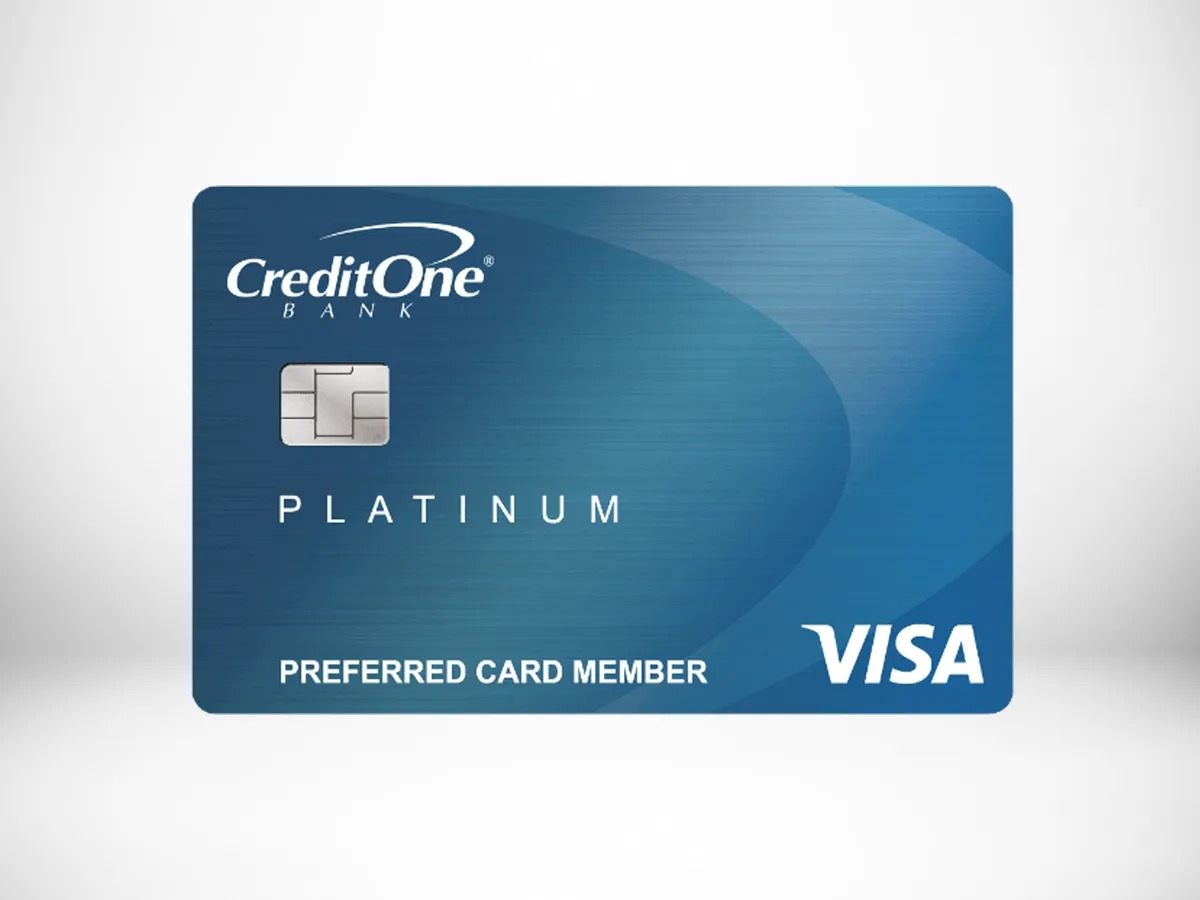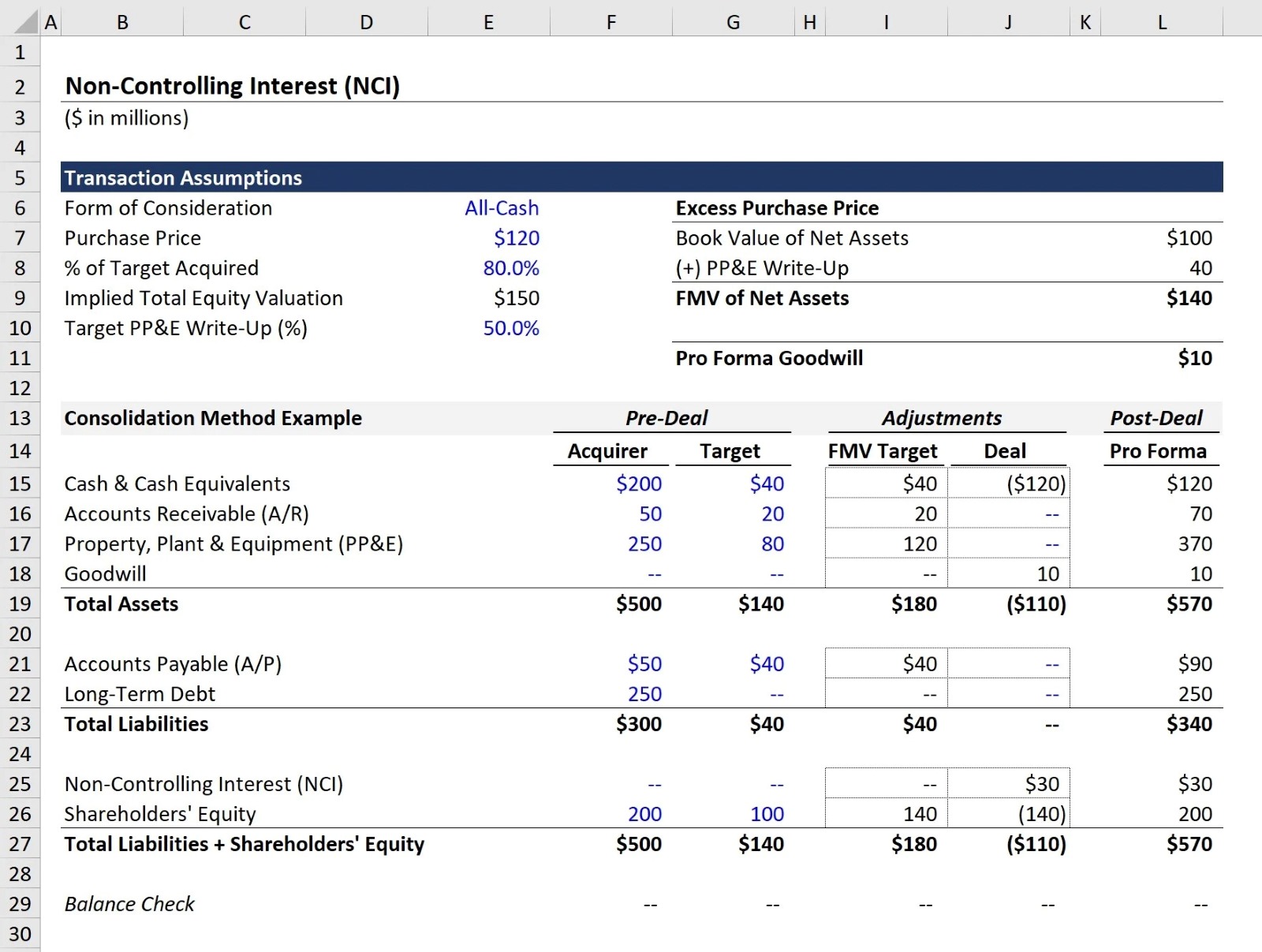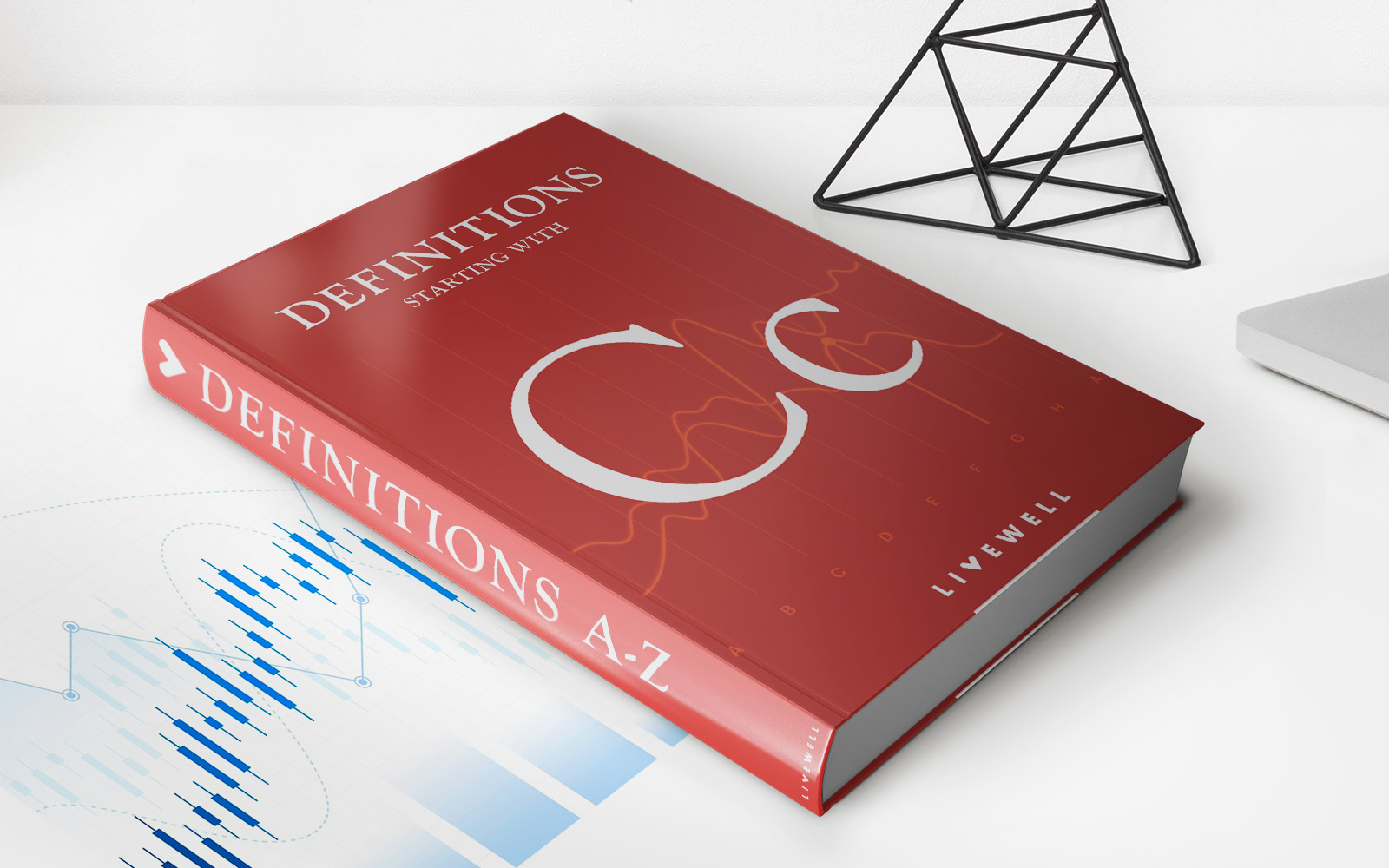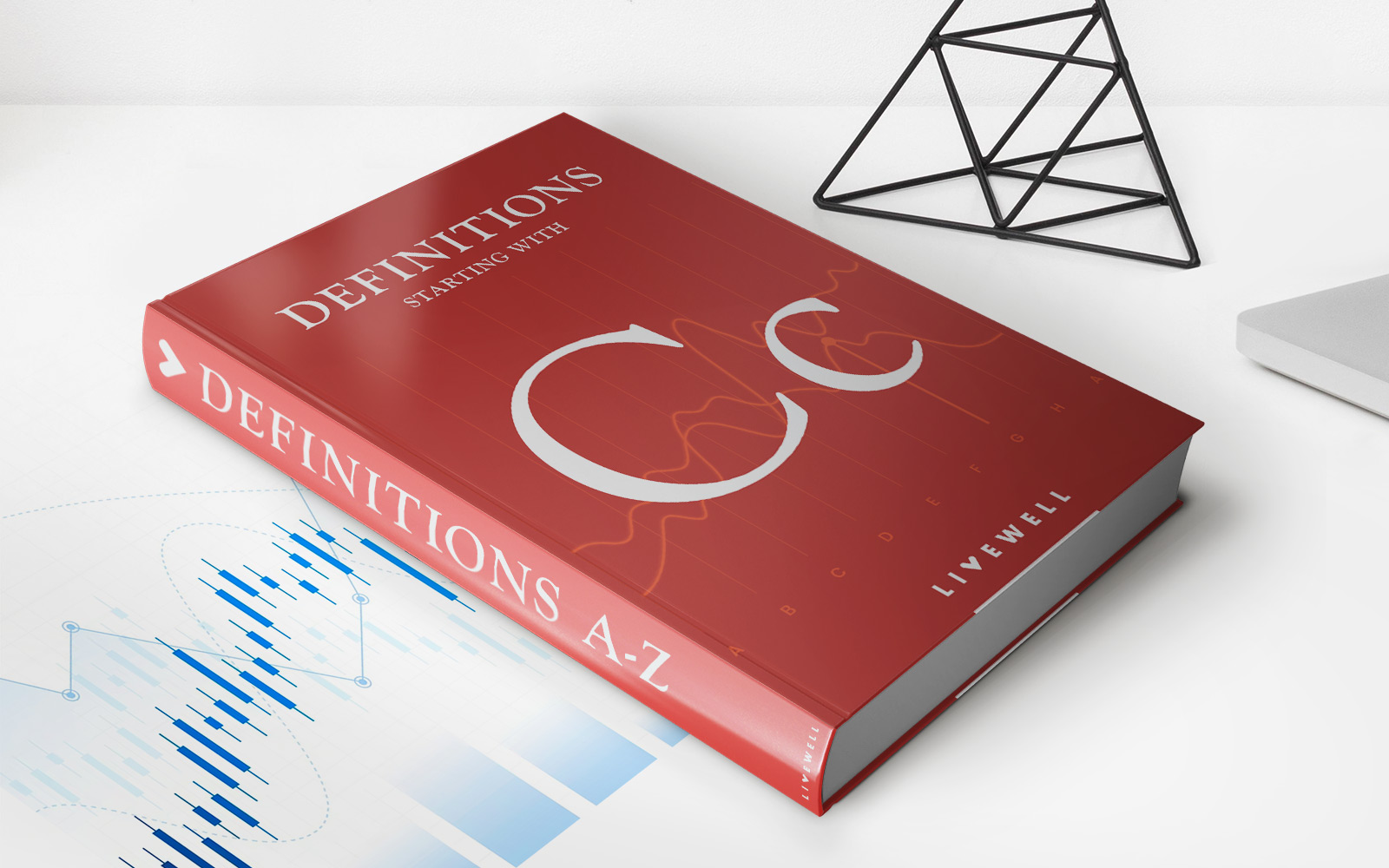

Finance
What Is Non-QM Loans?
Published: February 18, 2024
Learn about non-QM loans and how they can provide financing options for those who don't meet traditional mortgage standards. Find out if non-QM loans are right for you.
(Many of the links in this article redirect to a specific reviewed product. Your purchase of these products through affiliate links helps to generate commission for LiveWell, at no extra cost. Learn more)
Table of Contents
Introduction
In the realm of finance and lending, the term "Non-QM loans" has been gaining traction in recent years. Non-QM, which stands for non-qualified mortgage, represents a category of loans that don't meet the stringent standards set by the Consumer Financial Protection Bureau (CFPB) under the Qualified Mortgage (QM) rule. While QM loans adhere to strict guidelines regarding a borrower's debt-to-income ratio, credit score, and other key factors, Non-QM loans offer more flexibility and cater to individuals who may not fit the traditional lending criteria.
Non-QM loans have emerged as a viable alternative for borrowers who have unique financial circumstances, such as self-employed individuals with fluctuating income, real estate investors, foreign nationals, retirees, and those with past credit issues. These loans are designed to accommodate a broader range of financial profiles, providing opportunities for individuals who may not qualify for conventional mortgages.
As the mortgage landscape continues to evolve, it's essential for prospective homebuyers and real estate investors to understand the nuances of Non-QM loans. This article aims to delve into the intricacies of Non-QM loans, shedding light on their eligibility criteria, benefits, drawbacks, and the various types available. By gaining a comprehensive understanding of Non-QM loans, borrowers can make informed decisions regarding their financing options and explore pathways to homeownership or property investment that may have previously been inaccessible to them.
Understanding Non-QM Loans
Non-QM loans are designed to cater to individuals whose financial profiles fall outside the stringent criteria set by traditional qualified mortgages. Unlike QM loans, which prioritize factors such as a borrower’s debt-to-income ratio, credit score, and employment status, Non-QM loans take a more holistic approach to underwriting. This means that lenders assess a broader range of factors when evaluating a borrower’s creditworthiness, allowing for greater flexibility in the approval process.
One of the key distinctions of Non-QM loans is the consideration of alternative documentation for income verification. For self-employed individuals or those with non-traditional income sources, such as freelancers or commission-based earners, Non-QM loans provide the flexibility to substantiate income using bank statements, business profit-and-loss statements, or other non-standard documentation. This departure from the rigid income verification requirements of QM loans enables a more inclusive approach to lending.
Additionally, Non-QM loans may accommodate borrowers with unique financial circumstances, such as recent credit events, high-value assets, or complex property types that don’t align with conventional mortgage guidelines. By embracing a broader spectrum of borrower profiles and property scenarios, Non-QM loans facilitate access to financing for individuals who may not fit within the confines of traditional lending criteria.
It’s important to note that Non-QM loans typically carry slightly higher interest rates and may require a larger down payment compared to QM loans. This reflects the increased risk undertaken by lenders when extending financing to borrowers with non-traditional financial backgrounds. However, for many individuals who fall outside the QM loan parameters, the availability of Non-QM loans represents a valuable opportunity to pursue homeownership or real estate investment.
Qualifying for Non-QM Loans
Qualifying for a Non-QM loan involves a distinct set of criteria compared to traditional qualified mortgages. While the stringent guidelines of QM loans prioritize factors such as stable income, low debt-to-income ratios, and pristine credit histories, Non-QM loans offer a more flexible approach to eligibility, accommodating a broader range of financial circumstances.
One of the key aspects of qualifying for a Non-QM loan is the consideration of alternative documentation for income verification. Unlike QM loans, which typically require W-2 forms and tax returns as primary proof of income, Non-QM loans may accept bank statements, business profit-and-loss statements, or other non-standard documentation to substantiate a borrower’s earning capacity. This is particularly advantageous for self-employed individuals, freelancers, real estate investors, and others with non-traditional income sources.
Furthermore, Non-QM loans take into account a borrower’s overall financial picture, including assets, reserves, and the specific nature of the property being financed. While traditional mortgages adhere to strict debt-to-income ratio limits, Non-QM loans may be more lenient in this regard, considering compensating factors such as substantial assets or a significant down payment. This holistic approach enables individuals with complex financial portfolios or unique property scenarios to seek financing options that align with their specific needs.
It’s important to recognize that while Non-QM loans provide greater flexibility in qualifying criteria, they also involve thorough underwriting processes to assess a borrower’s creditworthiness and ability to repay the loan. Lenders offering Non-QM loans may scrutinize various aspects of a borrower’s financial profile, such as credit history, assets, and the overall risk assessment of the loan. By evaluating a broader spectrum of factors, Non-QM loans aim to provide opportunities for individuals who may not fit within the confines of traditional lending standards.
Ultimately, the qualification process for Non-QM loans emphasizes a more comprehensive evaluation of a borrower’s financial situation, aiming to facilitate access to financing for those whose unique circumstances may not align with the rigid criteria of qualified mortgages.
Benefits and Drawbacks of Non-QM Loans
Non-QM loans offer distinct advantages and considerations for borrowers, reflecting the flexibility and tailored approach inherent in these non-traditional mortgage products.
Benefits:
- Flexibility: Non-QM loans provide flexibility in income verification, accommodating self-employed individuals, freelancers, and those with non-traditional income sources who may face challenges with traditional mortgage requirements.
- Expanded Eligibility: These loans cater to a broader range of borrowers, including real estate investors, foreign nationals, retirees, and individuals with past credit events, offering opportunities for homeownership or property investment that may not be accessible through conventional mortgages.
- Unique Property Scenarios: Non-QM loans may finance properties that don’t conform to traditional mortgage guidelines, such as non-warrantable condos, mixed-use properties, or homes requiring extensive renovation, providing solutions for borrowers with diverse real estate needs.
- Customized Underwriting: Lenders evaluating Non-QM loans have the flexibility to consider a wider array of factors, allowing for a more personalized underwriting process that takes into account the specific financial circumstances and assets of the borrower.
Drawbacks:
- Higher Costs: Non-QM loans often entail slightly higher interest rates and may require a larger down payment, reflecting the increased risk for lenders due to the broader range of borrower profiles and property types considered.
- Thorough Underwriting: The underwriting process for Non-QM loans may involve more comprehensive scrutiny of a borrower’s financial situation, potentially requiring additional documentation and detailed assessments compared to traditional mortgages.
- Risk Considerations: Borrowers should carefully evaluate the long-term implications of Non-QM loans, considering the potential impact of variable interest rates and the overall risk profile of the loan, especially if their financial circumstances change over time.
While Non-QM loans present valuable opportunities for individuals with unique financial profiles and real estate needs, it’s essential for borrowers to weigh the benefits and drawbacks carefully, ensuring that these non-traditional mortgage products align with their long-term financial goals and circumstances.
Types of Non-QM Loans
Non-QM loans encompass a diverse array of mortgage products tailored to accommodate borrowers with varying financial situations and real estate objectives. These non-traditional loan options provide alternatives to the standard qualified mortgages, catering to individuals who may not meet the strict criteria of conventional home loans. Understanding the different types of Non-QM loans can empower borrowers to explore financing solutions that align with their unique needs and circumstances.
1. Bank Statement Loans:
Bank statement loans are designed for self-employed individuals and business owners who may have fluctuating income or non-traditional documentation of earnings. Instead of relying on tax returns or W-2 forms, these loans consider bank statements and business financial records to verify income, providing flexibility for borrowers with diverse income sources.
2. Asset Depletion Loans:
Asset depletion loans leverage a borrower’s liquid assets, such as savings, investments, and retirement accounts, to supplement income for loan qualification. This type of Non-QM loan can be advantageous for retirees or individuals with substantial assets but limited traditional income, allowing them to utilize their wealth to secure financing.
3. Foreign National Loans:
Foreign national loans cater to non-U.S. citizens or individuals without permanent residency status who seek to invest in U.S. real estate. These loans accommodate the unique financial circumstances of foreign nationals, providing opportunities for property investment in the United States.
4. Jumbo Loans:
Jumbo loans exceed the conforming loan limits established by government-sponsored entities such as Fannie Mae and Freddie Mac. While jumbo loans typically carry higher loan amounts, they also offer flexibility in underwriting criteria, making them a viable option for borrowers with significant assets and unique financial profiles.
5. Non-Warrantable Condo Loans:
Non-warrantable condo loans finance condominium units in buildings that do not meet the conventional eligibility standards set by government agencies or traditional lenders. These loans enable borrowers to purchase units in non-warrantable condo developments, expanding opportunities for condo ownership.
By encompassing a range of specialized loan products, Non-QM loans address the diverse financial landscapes and real estate aspirations of borrowers, offering tailored solutions that may not be available through conventional mortgage avenues.
Conclusion
Non-QM loans have emerged as a vital component of the modern mortgage landscape, offering a diverse range of financing options that cater to individuals with unique financial profiles and real estate objectives. As the traditional lending criteria of qualified mortgages may not encompass the full spectrum of borrowers’ circumstances, Non-QM loans provide flexibility, inclusivity, and tailored solutions that align with the evolving needs of the market.
By embracing alternative income documentation, accommodating diverse property scenarios, and considering a broader array of borrower profiles, Non-QM loans pave the way for homeownership, real estate investment, and financial empowerment for individuals who may not fit within the confines of traditional mortgage standards. These non-traditional loan products not only expand access to financing but also foster a more inclusive approach to homeownership, acknowledging the diverse financial landscapes of today’s borrowers.
While Non-QM loans offer valuable opportunities, it’s essential for borrowers to approach these non-traditional mortgage products with careful consideration and thorough evaluation of their long-term financial goals. Understanding the benefits, drawbacks, and various types of Non-QM loans empowers individuals to make informed decisions regarding their financing options, ensuring that these non-traditional mortgage products align with their unique circumstances and objectives.
As the mortgage industry continues to evolve, Non-QM loans stand as a testament to the adaptability and innovation within the lending sector, providing pathways to homeownership and real estate investment that transcend the confines of traditional mortgage standards. By acknowledging the diverse financial narratives of borrowers and offering tailored solutions, Non-QM loans contribute to a more inclusive and dynamic mortgage ecosystem, empowering individuals to achieve their real estate aspirations and financial objectives.
